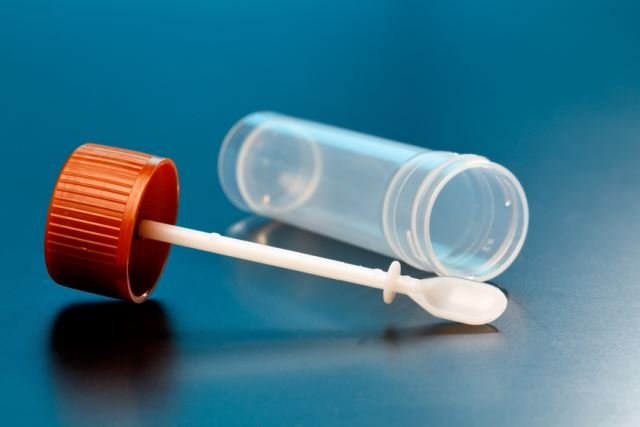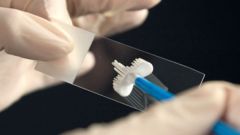The concept of "scatological study"
Scatological study (coprogram, fecal General analysis includes macroscopic assessment of the physical and chemical properties of feces, microscopy. Through this analysis, determine the composition of the fecal mass, their color, appearance, consistency, depending on physiological factors (nature of the food, water-salt metabolism, age) and possible pathological processes that affect the secretory, motor functions of the intestine, liver, pancreas.
The study of the physical properties of feces
When conducting a coprological study to determine the physical properties of feces: amount, consistency and form, color, smell. In normal conditions, while respecting a balanced diet an adult in the rule identifies 100-200 g of feces per day, an infant – no more than 70-90 g. the Consistency – rate-dependent content in the stool water, fat and mucus. Adult healthy human feces decorated and has a dense texture, in infants - viscous and sticky.
Color of feces is usually brown, varying depending on the nature of the food, medication and presence of pathological admixtures. Newborns stool is black-green (meconium), the chest is Golden yellow when breastfeeding or brown mixed in food. Normal stool have a mild smell, which is defined by the presence of products of protein metabolism.
The study of the chemical properties of the feces
The study of the chemical properties of feces involves determining the reaction of the stool, tests for occult blood, sterkobilina, bilirubin, soluble protein. The reaction of the feces in a healthy adult person is neutral or slightly alkaline (pH of 6.8 to 7.6), in infants – acidic due to dietary habits. Is called hidden blood in the stool, which is not detected neither visually or under the microscope. Normal reaction for occult blood (hemoglobin) is negative.
The sterkobilina (urobilinogen) is the product of the transformation of bilirubin is part of bile, coloring feces brown. Qualitative definition of this indicator in the stool gives a positive result. The bilirubin in the stool of an adult healthy man is missing. This figure can be identified in children under the age of 9 months who is breast feeding. Soluble protein in the normal Calais is not defined.
Microscopic examination of feces
When smear microscopy of stool can detect food residues, various cells, worm eggs and other components of stool that cannot be detected in other ways. In a normal Calais do not exist or are defined in a small number of muscle fibers. Connective tissue is missing. Neutral fat normal is found only in the form of small droplets in the stool of children breastfed.
Intestinal contents of healthy adult fatty acids and neutral fat are not available. Plant fiber is digested in the normal the stool is found in the form of single cells, undigested, is always there in varying amounts. In the faeces of a healthy human red blood cells, starch, mucilage and iodophilic flora is absent. Valid detection of a small number of leukocytes. An indispensable part of Cala are crystal formation: calcium oxalate crystals of cholesterol.
Bacteria and fungi are determined by the contents of the intestine in large numbers. In Calais valid identification of pathogenic and non-pathogenic protozoa. Helminths, their eggs and segments in faeces of a healthy person should not be.
Rules for the preparation scatological study
Before the study should not take medications that affect intestinal motility or possessing dyeing properties. Freshly isolated feces is placed in a sterile container for biological material, tag, quickly transported to the laboratory for analysis.


